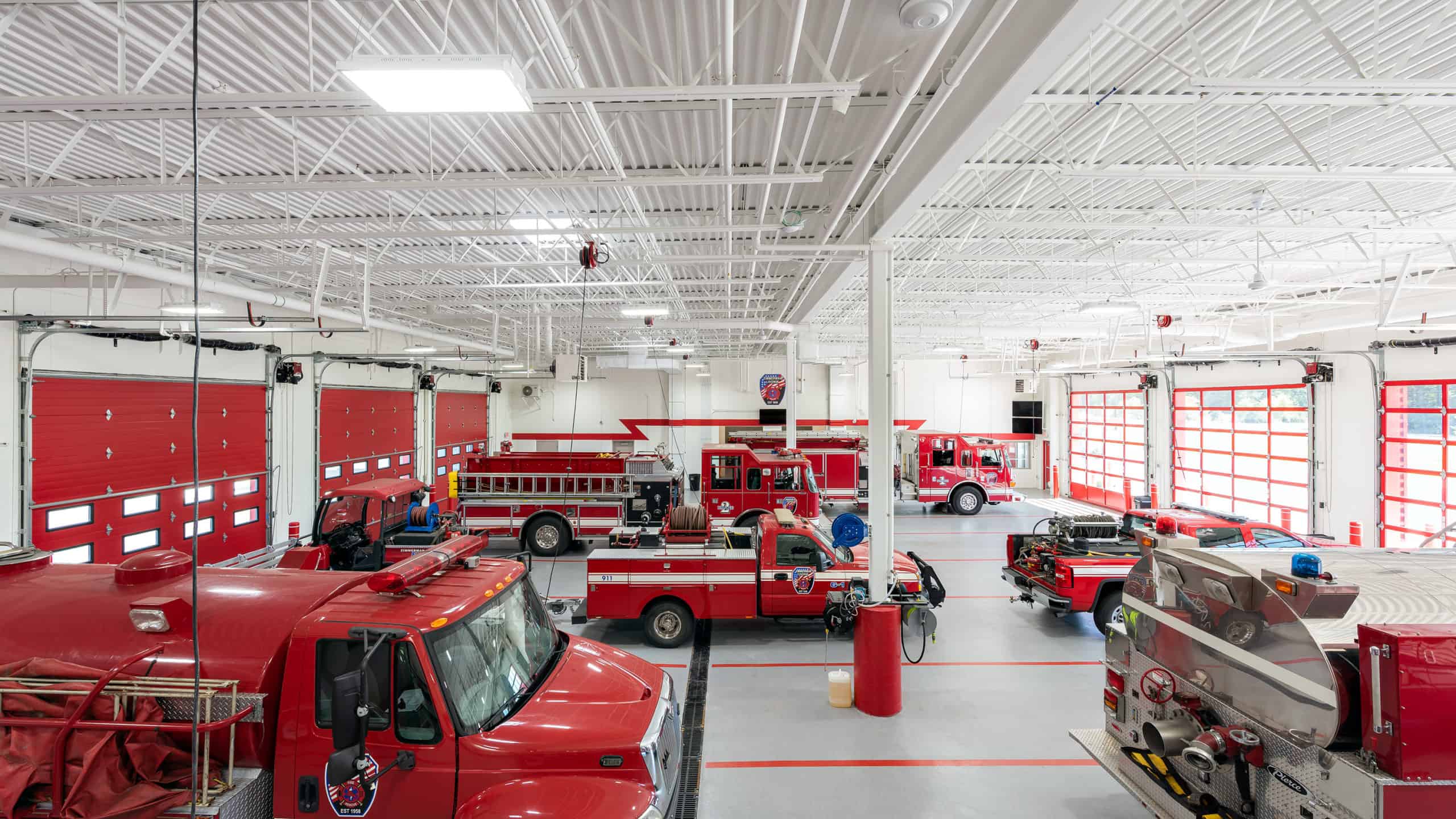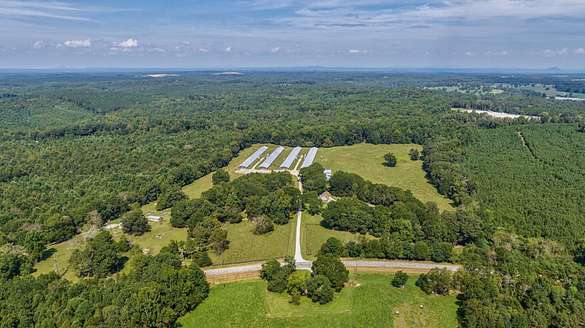Table of Contents
Introduction to Volunteer Fire Departments
Volunteer fire departments form the lifeblood of emergency services in countless small towns and rural areas across the United States. These organizations rely on dedicated community members who willingly balance their everyday jobs, families, and personal lives with the urgent responsibility of protecting their neighbors from fire, accidents, and other emergencies. Unlike professional fire departments staffed with full-time firefighters, volunteer departments operate on the commitment and passion of unpaid volunteers, often under constrained resources.
Lavonia, Georgia, a small town in Franklin County with a population just over 2,000, exemplifies this model. The Lavonia Volunteer Fire Department (LVFD) has been a crucial pillar in the community’s safety net for decades. Their tireless work not only helps save lives and properties but also builds social cohesion and trust within the town. This article delves into the history, structure, challenges, and profound community impact of the LVFD, showcasing why volunteer fire services remain indispensable in small-town America.

History of the Lavonia Volunteer Fire Department
The story of the LVFD dates back to the early 20th century, at a time when Lavonia was a growing hub in Northeast Georgia. With limited access to professional firefighting resources, local residents banded together to form a volunteer fire brigade to protect their homes and businesses from the constant threat of fire.
Throughout the decades, the department has evolved significantly. Early volunteers used basic equipment and improvised methods, but community support gradually enabled upgrades to firefighting gear, vehicles, and training facilities. Milestones include the acquisition of modern fire engines, the establishment of training programs, and official partnerships with Franklin County emergency services.
This legacy of volunteerism is deeply rooted in Lavonia’s community identity. Generations of families have contributed, passing down a culture of service and readiness.
Structure and Organization of the LVFD
The LVFD operates with a modest but dedicated team of approximately 20 volunteers. These firefighters undergo rigorous training that meets both state and national safety standards, ensuring readiness for various emergency scenarios—from structural fires to medical aid and rescue operations.
Leadership consists of a chief, assistant chiefs, and captains who coordinate responses, training schedules, and community outreach. The department maintains essential firefighting equipment, including engines, tankers, and protective gear. Coordination with Franklin County Emergency Management ensures effective communication and resource sharing, especially during large-scale emergencies.
Volunteer firefighters typically commit to weekly drills, monthly meetings, and on-call emergency responses, balancing these duties alongside their full-time occupations and personal lives.
The Impact on Community Safety
The LVFD’s presence significantly enhances public safety in Lavonia. Beyond responding to fires, they actively engage in fire prevention education, teaching residents about smoke detectors, evacuation plans, and fire-safe behaviors.
Emergency response data shows that the department handles dozens of incidents annually, ranging from residential fires and vehicle accidents to natural disasters like storms. Their quick, local response often prevents minor incidents from escalating into major disasters.
The department also participates in mutual aid agreements with neighboring towns, offering and receiving assistance during emergencies that overwhelm local capacities.
Challenges Faced by Volunteer Firefighters in Lavonia
Despite their vital role, LVFD volunteers face multiple challenges. Funding remains a perennial concern; unlike professional departments, volunteer units rely heavily on donations, fundraising events, and limited government grants. This restricts upgrades to equipment and facilities.
Recruitment and retention present additional hurdles. The physical demands, irregular hours, and emotional toll of firefighting make it difficult to maintain a steady volunteer base, especially as younger generations seek different career paths.
Furthermore, volunteers often risk their own safety without the financial support or benefits typical of paid firefighters, highlighting their exceptional dedication.
Community Support and Involvement
The success of LVFD is inseparable from Lavonia’s community spirit. Local businesses, churches, and schools frequently organize fundraising events—from barbecues to charity runs—to support the department.
Many residents express pride and gratitude toward volunteers, acknowledging their sacrifices and contributions. Personal stories of heroism and community solidarity abound, strengthening bonds and inspiring new volunteers.
The department also runs educational programs in schools, promoting fire safety awareness and encouraging youth participation in future service.
Future of Volunteer Firefighting in Lavonia
Looking ahead, the LVFD is exploring ways to modernize training through virtual simulations and partnerships with state agencies to improve equipment access. There is ongoing discussion about expanding recruitment campaigns targeting younger community members and retirees with flexible schedules.
Environmental changes, such as increasing wildfire risks and severe weather events, underscore the need for continued investment in volunteer firefighting capacity.
Collaboration with regional emergency services and adoption of new technologies will be key in maintaining effective, timely responses for Lavonia’s future safety.
Conclusion
Volunteer firefighters are the unsung heroes of many small towns, and Lavonia, Georgia, is no exception. The Lavonia Volunteer Fire Department embodies community resilience, dedication, and service, safeguarding lives and property with limited resources but immense heart.
Their story illustrates how volunteerism remains critical in maintaining public safety in rural America. Supporting such departments through funding, awareness, and active participation strengthens the entire community. For Lavonia, continuing to nurture and empower its volunteer fire services is not just an investment in safety—it is an investment in the town’s future.



